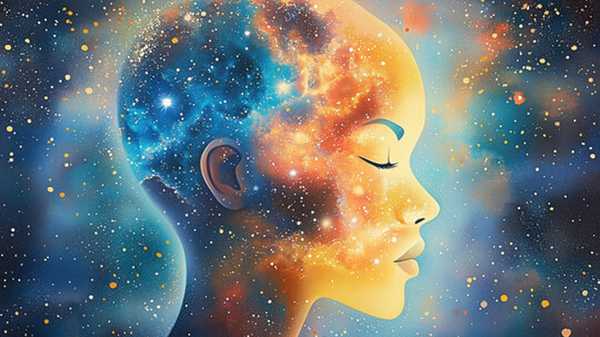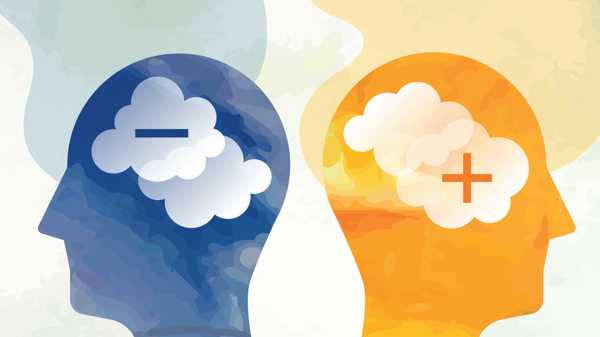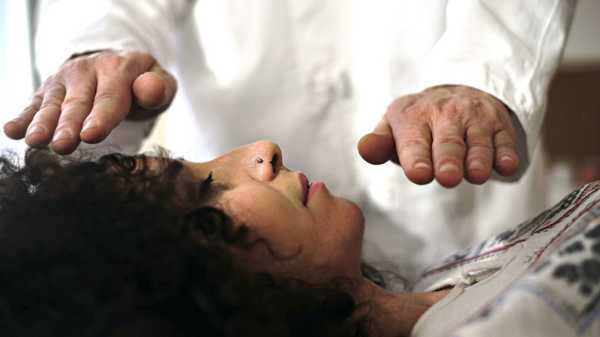What Is Energy Healing, And How Does It Work?
Energy healing is a holistic practice rooted in the belief that our bodies are composed of unseen energies that can be harnessed to promote healing and overall well-being. Defined by various techniques to restore balance to the body's energy fields, this practice encompasses modalities such as Reiki, acupuncture, and Qigong. In recent years, the popularity of alternative therapies has surged, particularly as an increasing number of people adopt health-conscious lifestyles that prioritize natural and preventative approaches to wellness. As conventional medicine often complements these emerging practices, energy healing is a compelling avenue that aligns with the growing trend toward integrative health strategies. Examining the principles of energy healing today is especially timely, as it provides insights into individual well-being and invites us to reconsider broader notions of health within our increasingly holistic world.
Understanding Energy Healing

What Is Energy Healing
Energy healing is a holistic approach that harnesses the body's energy fields to promote healing and well-being. Unlike conventional medicine, which typically aims to address the symptoms of physical illnesses through pharmaceuticals and surgical interventions, energy healing operates on the premise that the body's energy can be influenced to restore harmony and facilitate self-healing. Techniques employed in energy healing might include Reiki, where practitioners channel healing energy to enhance the recipient's recovery process or use crystals and sound to harmonize energy vibrations. This approach underscores the interconnectedness of body, mind, and spirit, fostering a more integrative perspective on health.
Historical Context
Energy healing has deep cultural roots that span across various civilizations worldwide. For example, traditional Chinese Medicine (TCM) is foundational to its principles, introducing concepts such as Qi, vital energy, and meridians—pathways through which energy flows within the body. Similarly, Ayurveda, an ancient Indian system of medicine, emphasizes the importance of balancing the energies known as Doshas, utilizing practices such as yoga and herbal remedies to achieve this balance. Over the years, these diverse methodologies have evolved, sometimes merging with Western medical perspectives and innovations. Today, energy healing continues to gain traction, appealing to individuals who seek alternatives or complements to conventional healthcare—validating the enduring significance of ancient wisdom in contemporary therapeutic practices.
How Energy Healing Works

The Scientific Basis of Energy Healing
The principles underlying energy healing are grounded in the idea that the human body is a complex system of energy fields, often referred to as biofields. Recent studies suggest these biofields are electromagnetic frequencies generated by the body's cellular processes. Insights from quantum physics further enrich the discussion, positing that all matter, including human tissues, vibrates at specific frequencies that can interact with surrounding energies. Research has revealed that disruptions to these natural frequencies due to stress or trauma can result in physical or emotional disturbances. Energy healing aims to restore harmony within these fields, potentially facilitating healing on multiple levels.
Different Methods of Energy Healing
Energy healing is characterized by various methodologies, each featuring unique practices and underlying philosophies. For example, Reiki involves practitioners channeling healing energy through their hands into a recipient, who generally lies down fully clothed. During their session, participants may experience sensations like warmth or tingling, often leading to deep emotional release. Acupuncture, another significant method stemming from Traditional Chinese Medicine, involves the insertion of fine needles in strategic locations on the body to stimulate energy flow, often referred to as "qi." Clients frequently report feelings of balance and general wellness post-treatment. Lastly, qigong combines physical movements, breath control, and meditation to cultivate and balance this vital energy. Through gentle exercises, participants enhance their physical health, emotional stability, and spiritual insight. In essence, energy healing offers individuals a comprehensive approach to health and wellness, fostering an environment that supports self-healing and overall vitality.
Benefits of Energy Healing

Physical Benefits
Energy healing is frequently celebrated for alleviating physical ailments and bolstering the body's natural healing processes. Among its most notable benefits is effective pain reduction. Techniques such as Reiki and acupuncture have demonstrated remarkable efficacy in managing chronic pain. Research indicates that patients receiving Reiki report significant decreases in post-operative pain and anxiety, often resulting in quicker recovery times. In parallel, acupuncture is widely recognized in several studies for its effectiveness in treating arthritis and migraines. This modality operates by restoring the balance of energy within the body, which can enhance blood circulation and reduce inflammation, thereby facilitating overall recovery.
Emotional and Mental Benefits
In addition to its physical applications, energy healing profoundly benefits emotional and mental health. Both practitioners and clients highlight the considerable stress relief associated with these therapies. Engaging in energy healing practices allows individuals to achieve a tranquil state of mind, often likened to a meditative or serene experience. This form of healing fosters emotional equilibrium, alleviating anxiety and encouraging a positive outlook. Techniques that incorporate visualization and affirmations aid in clearing negative energies and improving resilience against daily stressors. Regular involvement in energy healing practices can contribute to emotional well-being, cultivating a more harmonious lifestyle overall.
Criticism and Considerations
Skepticism Surrounding Energy Healing
Despite its growing popularity, energy healing faces considerable scepticism within the scientific and medical spheres. Critics commonly assert that there is insufficient empirical evidence to endorse the effectiveness of these practices. Many conventional medicine professionals argue that any improvements patients report can largely be attributed to placebo effects rather than an actual energy transfer. This scepticism serves as a vital reminder to encourage rigorous questioning and highlights the necessity for any health practice to undergo scientific validation.
Yet, it is crucial to maintain a balanced perspective when assessing energy healing. Disregarding it entirely could impede the exploration of alternative therapies that may benefit certain individuals. Embracing a critical mindset that evaluates energy healing with curiosity while remaining grounded in rational analysis enables a richer understanding. Recognizing the limited current knowledge of consciousness and the human body opens pathways to potential synergies between traditional and alternative health practices in the future. As we navigate this complex terrain, readers are encouraged to investigate energy healing, fostering a balanced scepticism and an open mind—questioning claims while remaining receptive to new ideas.
Exploring the Path Ahead
Delving into energy healing is essential for appreciating its potential contributions to modern health practices. This exploration has illuminated its operational principles, diverse methodologies, and overall significance. We encourage you to consider energy healing as a complementary approach to wellness—igniting curiosity and self-empowerment in your ongoing journey toward holistic health.





